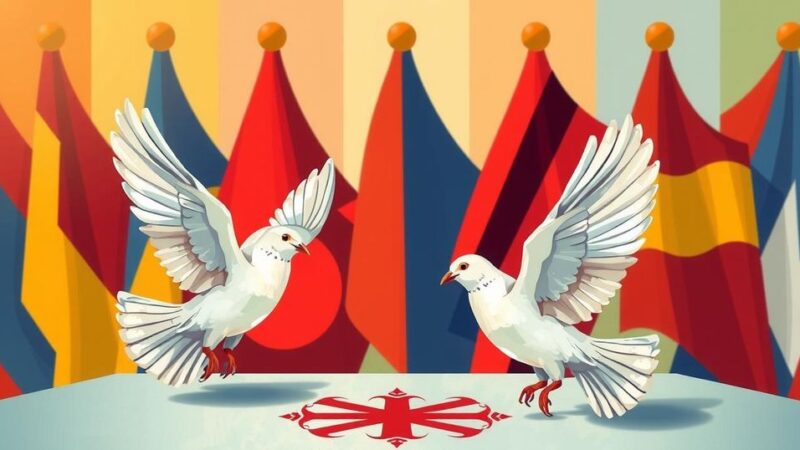Syria faces recent violence primarily from loyalists of former President Assad. Despite fears of renewed civil war, there exists a potential for stability under new leadership. Al-Sharaa’s administration can foster peace through economic recovery and respect for minority rights, though challenges remain significant.
Recent violence in Syria, marked by the actions of loyalists to former President Bashar al-Assad, has raised fears of a re-emergence of civil conflict in the country. Despite the unrest, there remains a potential pathway for the new leadership under Ahmed al-Sharaa to establish stability amidst these challenges.
The recent violence in Syria has resulted in significant casualties, including civilians. This upsurge was anticipated due to the presence of armed Assad loyalists who either escaped or remained after the regime’s fall. Concentrated in regions such as the coastal areas and mountainous regions near Latakia, these loyalists are largely Alawites, the sect from which the Assads originated. Reports indicate they staged a rebellion against the current government led by al-Sharaa and his HTS alliance, affiliated with al-Qaeda.
Speculation regarding the involvement of Iran in instigating the violence has surfaced, following its loss of influence following Assad’s departure. Al-Sharaa has reportedly mobilized security forces to counter the loyalist uprising, while various armed groups from across Syria joined the fray. Both sides have demonstrated significant violence during these confrontations, with alarming civilian casualties being reported amidst the ongoing chaos.
Despite the severity of the situation, prospects for a full-scale civil war seem limited. Assad loyalists remain unpopular due to their regime’s legacy of abuse. Al-Sharaa’s administration must act prudently not to provoke further conflict, especially regarding economic conditions, religious impositions, and minority rights. This new regime has a challenging road to achieve stability without recurring to past mistakes.
In an encouraging sign, al-Sharaa appears to acknowledge the need for reform and economic viability. He has sought relief from sanctions and financial assistance while indicating respect for minority rights within Syria. However, the sincerity of his intentions remains uncertain, representing a significant point of analysis moving forward.
The potential influence of external entities on the conflict remains ambiguous, particularly with unconfirmed reports of Iranian involvement. Russia’s interest in seeing al-Sharaa’s government fail could complicate the geopolitical dynamics, as Turkish President Erdoğan aims for a cooperative government in Damascus to manage Kurdish threats and enhance regional trade and influence.
In summary, while Syria faces a resurgence of violence primarily driven by Assad loyalists, the full scale of civil war remains unlikely. The new leadership under al-Sharaa has opportunities to stabilize the region through respect for minority rights, economic revitalization, and strategic partnerships. The outcome, however, will significantly hinge on their ability to prevent further escalation of sectarian tensions and external meddling that could redefine the conflict landscape in Syria.
Original Source: www.cfr.org






